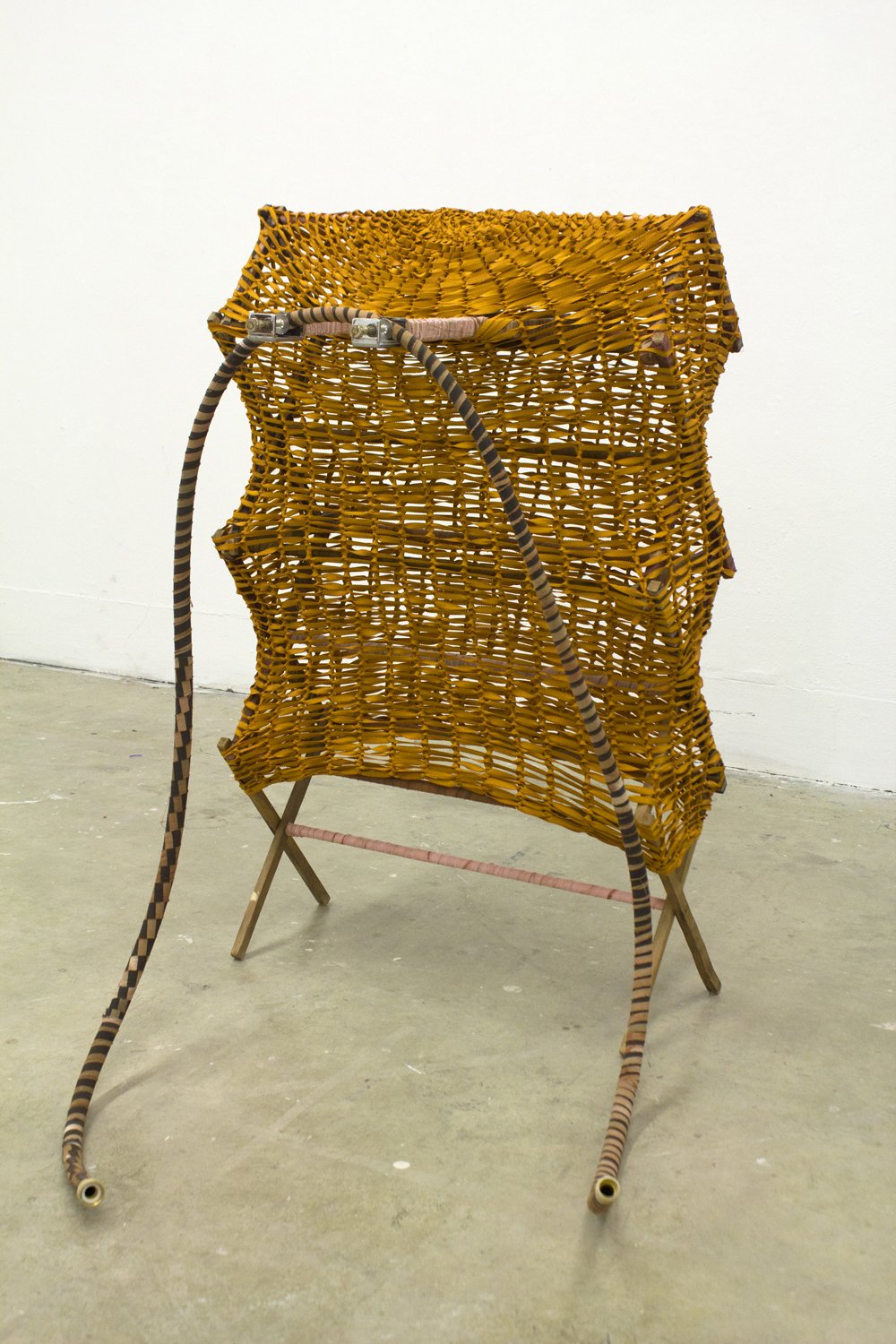There is a video I love produced by the San Francisco MoMa about Louise Nevelson and her art practice, in it the artist explains: “I never wanted to make anything, but I wanted to really give form to my life”.
The first thing that really gave form to my life was rowing. The repetitive movement of the stroke seeped into my body through every pore, all while my eye stayed trained on the finish line. Now, my studio practice provides that form to my life. I submit my body to similar movement patterns in order to make components for my sculptures, while my brain seeks to solve the construction of these abstract forms. My brain yearns for a resolution, one that will usher in temporary repose. It’s only ever temporary because my body calls. It needles me to activate it, to send it around the room, to fill up space with my materials of choice.
I wish I had made and performed Janine Anthoni’s 1993 piece “Loving Care”. Or maybe I just wish my work would make others feel the way I do when I look at photographs taken of the performance, Antoni’s on her hands and knees, mopping the gallery floor with her hair.
You know the feeling when you exhale all the air in your lungs? When your torso slightly curls in on the rest of your body because of its sudden and temporary emptiness? I feel “Loving Care” somewhere deep inside my sternum and my gut. I feel images of suspended dancers in that same deep place. Initial training for Contact Improvisation, my favorite mode of dance, is an exercise created by Steve Paxton called the “small dance”—which is done unpartnered. You stand tall and investigate every inch of your body through auditory prompts. You practice making yourself ready for a range of shifting possibilities that you may experience when you start dancing with a partner.
The first time I went to the transfer station in Deer Isle, Maine, I thought I had been delivered to the gates of heaven. I looked out into the expanse of mangled and discarded objects and saw, for the first time, my own potential dance partners. I piled mangled treasures in my car and brought them back to my studio. Through our own kind of Contact Improvisation, both found and fabricated components worked together, giving and sharing weight until we ultimately found balance and form in these Gesture Sequences.























